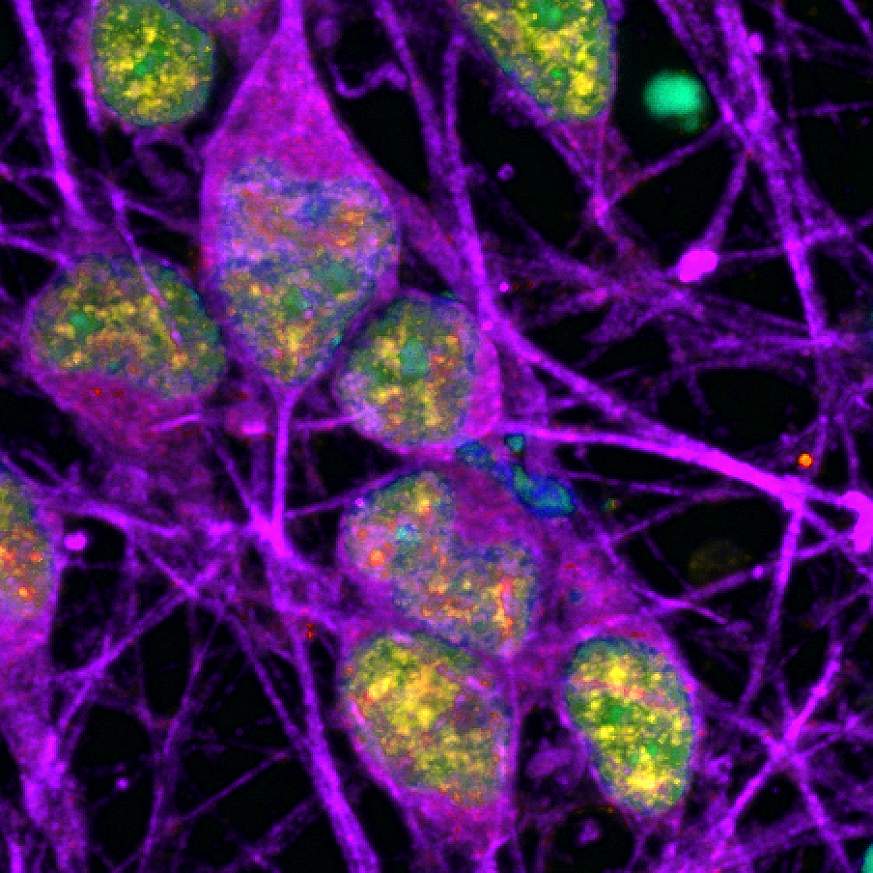Furthermore, it implies that defects in the repair process, not the DNA damage itself, can potentially lead to developmental or neurodegenerative diseases.
Researchers at the National Institutes of Health (NIH) have discovered specific regions within the DNA of neurons that accumulate a certain type of damage (called single-strand breaks or SSBs). This accumulation of SSBs appears to be unique to neurons, and it challenges what is generally understood about the cause of DNA damage and its potential implications in neurodegenerative diseases.
Because neurons require considerable amounts of oxygen to function properly, they are exposed to high levels of free radicals—toxic compounds that can damage DNA within cells. Normally, this damage occurs randomly. However, in this study, damage within neurons was often found within specific regions of DNA called “enhancers” that control the activity of nearby genes.
Fully mature cells like neurons do not need all of their genes to be active at any one time. One way that cells can control gene activity involves the presence or absence of a chemical tag called a methyl group on a specific building block of DNA. Closer inspection of the neurons revealed that a significant number of SSBs occurred when methyl groups were removed, which typically makes that gene available to be activated.









Comments are closed.